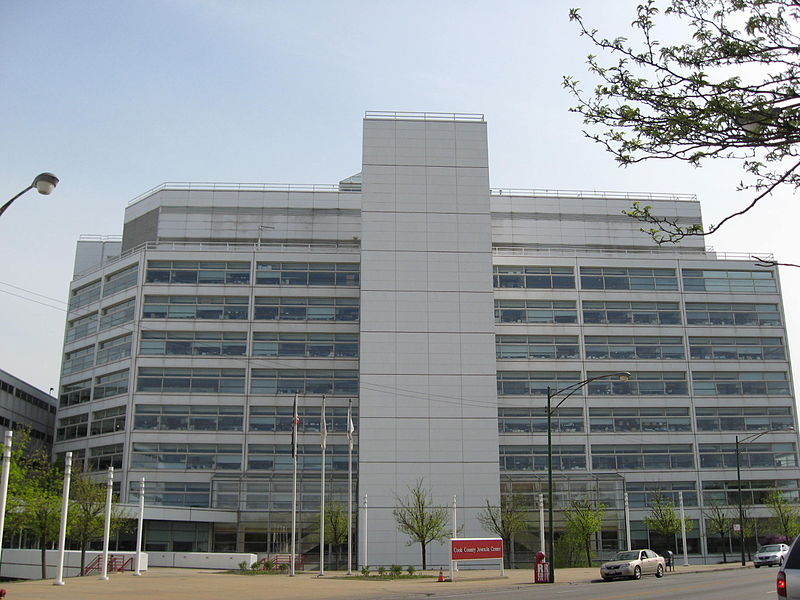A study by Northwestern University researchers takes a close look at the outcomes of teenagers who have entered into juvenile lock-up five and 12 years after their release.
The researchers looked at eight positive factors: educational attainment, residential independence, gainful activity, desistance from criminal activity, mental health, abstaining from substance abuse, interpersonal functioning, and parenting responsibility.
The study, which was published in JAMA Pediatrics, found that the 1,800 participants—who entered into juvenile detention in Chicago between 1995 and 1998, and had a median age of 15 years old—struggled to overcome adversity after incarceration.
Twelve years after lock-up, just 21.9% of males and 54.7% of females had achieved more than half of the eight positive outcomes. The numbers were even worse for African American boys in the study, whose lives were “characterized by incarceration, criminal activity, and few positive outcomes.”
“Involvement in the juvenile justice system can lead to a downward spiral that is difficult to reverse,” said Karen M. Abram, the study’s first author and associate professor of psychiatry and behavioral sciences at Northwestern University Feinberg School of Medicine.
At the 12-year mark, only half of the participants had received their high school degree or equivalent. Only one-fifth of males and one-third of female participants were employed full time or enrolled in school. Females were more than 18 times more likely to be parenting their children than the males in the study. Of the boys in the study, 24% were unlikely to have positive outcomes in any area, 28% were incarcerated, and 21% were living independently but struggling.
“Our goal was to document the adult social role outcomes of youth who had been detained,” said Linda Teplin, senior author of the study, a psychiatry professor and director of the Health Disparities and Public Policy Program at Feinberg. “No one had done that.”
The study’s authors recommend policies that combat the collateral consequences of criminal convictions, and to increase community services aimed especially at boys of color who have had contact with the justice system.
Pictured above: Cook County Juvenile Detention Facility & Court.


Such a surprise. Knock over our collective consciousness with a feather why don’t you? Then ask yourself why are those so called advocates trying to gut one of the key positive contributing factors – the ability of LA County Probation to prevent at-risk youth from entering the criminal justice in the first place. It is because those advocates sincerely believe that LA Co. Probation violates human rights daily – including working with those very youth and families that are described in the study. The long term out comes of working with those youth under 236 WIC – and evaluated by non other than preeminent researchers from the Rand Corp clearly show that those at-risk youth will almost never be arrested in the future, their families will be stronger, and the education achievement far greater. Thank you Kim McGill, Carol Biondi, Zoe (whatever your name is) for working so strongly against this effort her in Los Angeles County.